Photo Shoot: A Continued Journey in the Evolution of Fashion – 1960s to 1990s
June 10, 2013 | Fashion Editor 1The first part of our fashion evolution photo shoot took you through the attitudes and cultural views that were reflected in the fashion during the 1920s all the way to the 1950s. This feature shows a rather interesting transformation in the use of fabrics, colors and styles that kicked off in the 1960s, on to the 1990s.
1960s – the Youthquake Movement
The Youthquake was named so by Vogue’s editor-in-chief Diana Vreeland in 1965 when the prevalent fashion trend was taken over by teenagers reflecting their fun, spirited and young attitudes. At that time, designers had to answer the calls of all those hyped up youngsters who let go of the more subtle and pale colors from the decades before. Mary Quant and Betsey Johnson were two of the most popular fashion designers of that era.
Leading influential fashion trends back then were the British; The Mods, short for Modernists, who set the scene for all the bold geometric designs adopted by the younger crowd.
One of the interesting changes that took place in the 60s was how the idea of formal and casual wear was toyed with, along with the emergence of mass produced designs that were more affordable for everyone to enjoy wearing.
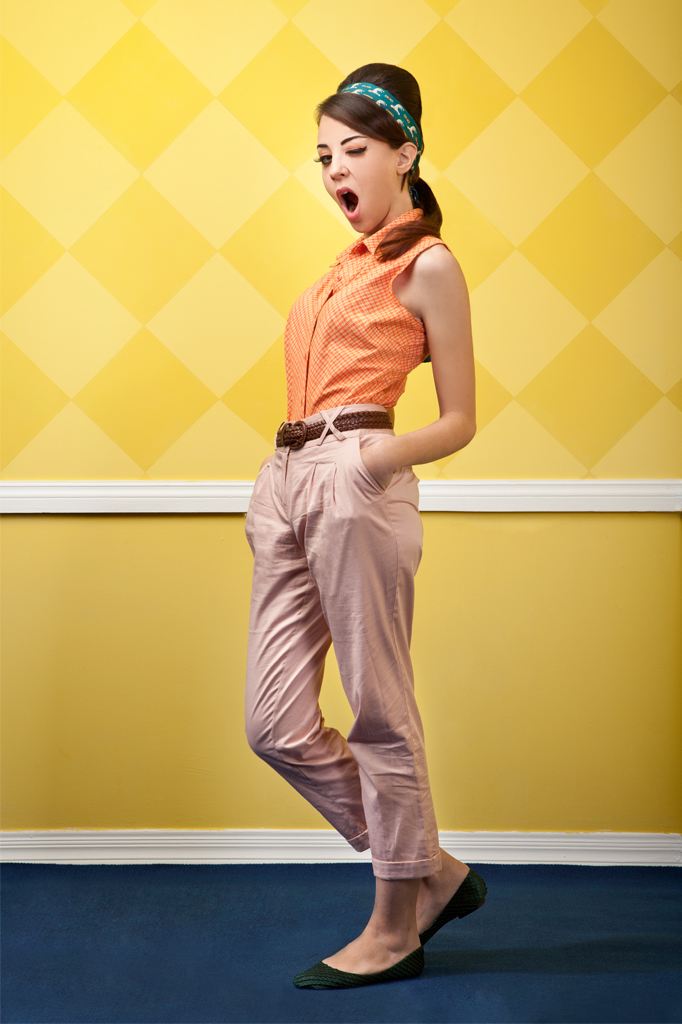
Photography: Hatem Saleh | Model: Mariam Alkhosht | Hair by Rafi, Mohamed Sagheer Group | Makeup: Sundos Al Ayoub | Headband: flea market | Shirt: Stylist’s | Crop pants: Nadine El Sayed’s | Shoes: Stylist’s
Capri pants were the epitome of casual wear for women in the 60s; also referred to as crop pants, they were originally introduced in the late 40s but only gained popularity in the late 50s and early 60s. Grace Kelly was one of the very first movie stars to wear them and Audrey Hepburn was famous for that same simple style along with flat shoes in most of her movies. In Arabic cinema, the Egyptian Nadia Lotfy was one of the prominent stars to wear crop pants in her movies. Hair was most commonly worn in beehive updos.
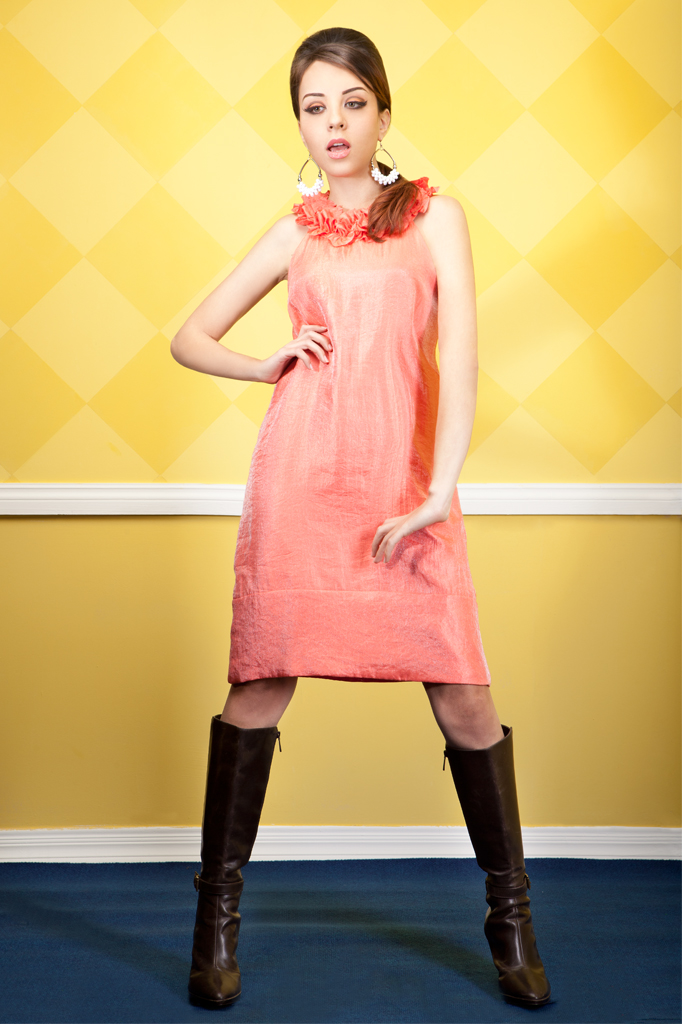
Photography: Hatem Saleh | Model: Mariam Alkhosht | Hair by Rafi, Mohamed Sagheer Group | Makeup: Sundos Al Ayoub | Earrings: Stylist’s | Dress: Nadine El Sayed’s | Boots: Noha Nabil’s
In the mid 60s, Mary Quant introduced the mini dress and mini skirt that replaced the longer hemlines worn in the earlier eras. Mini skirts and dresses took the form of sleeveless A-line or shift dresses (pictures above and below).
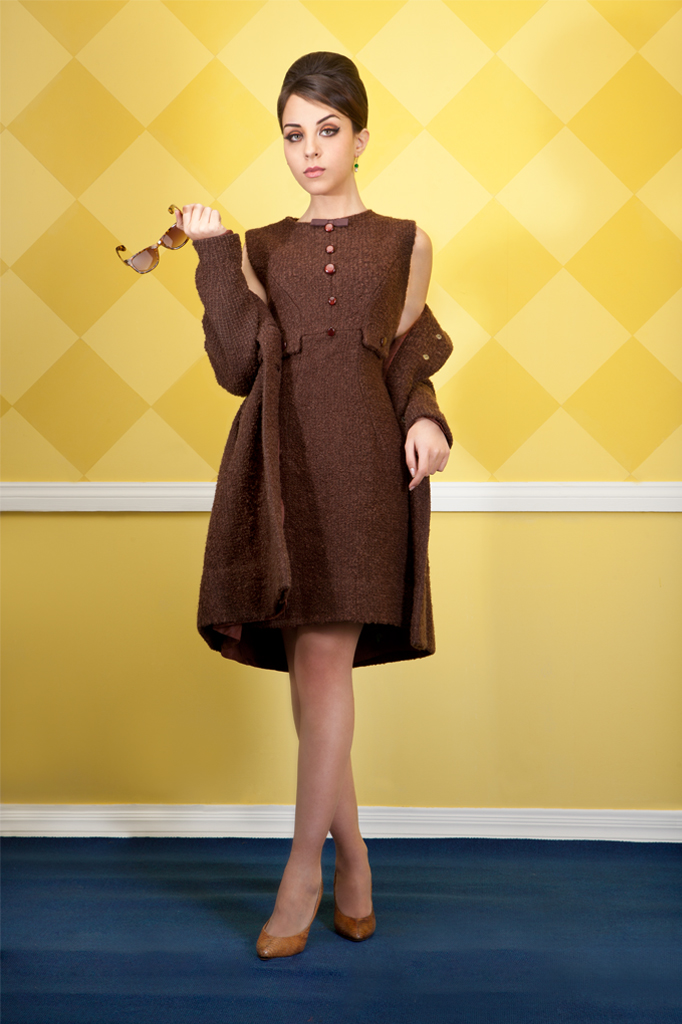
Photography: Hatem Saleh | Model: Mariam Alkhosht | Hair by Rafi, Mohamed Sagheer Group | Makeup: Sundos Al Ayoub | Shift Dress: Faika Abdel Malek’s | Leopard print sunglasses: Aldo | Snakeskin shoes: Salwa Eldidi’s
Audrey Hepburn made a big impact on fashion worldwide, her style of simple shift dresses with kitten heels was adopted by women everywhere.
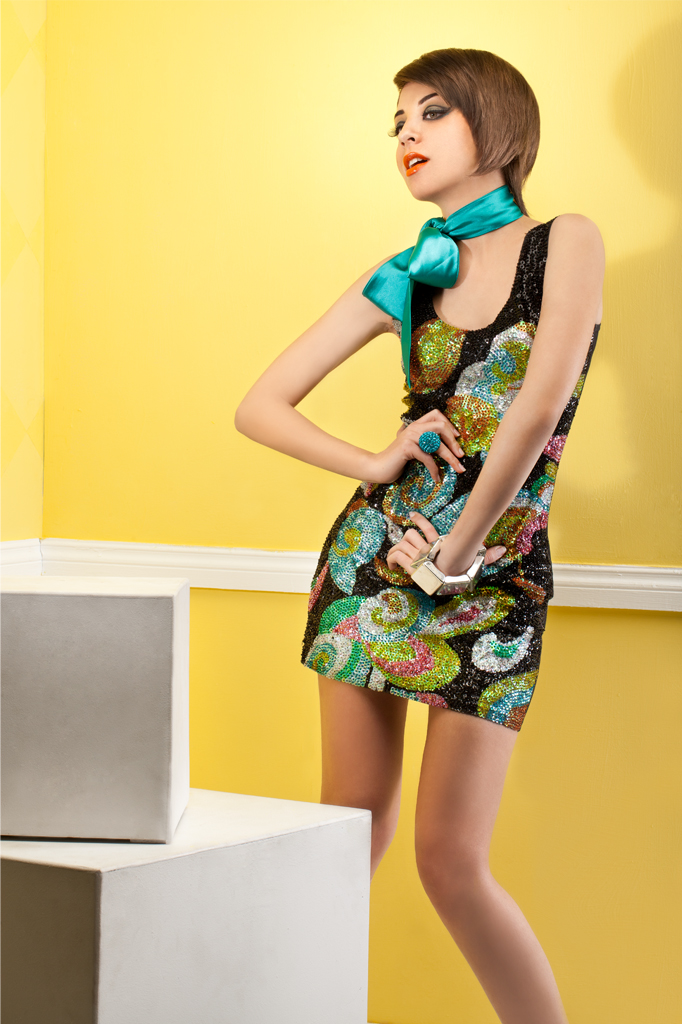
Photography: Hatem Saleh | Model: Mariam Alkhosht | Hair by Rafi, Mohamed Sagheer Group | Makeup: Sundos Al Ayoub | Sequin Dress: Salwa El Didi’s | Accessories: Stylist’s
Towards the late 60s, women were inspired by the top models of the day with Twiggy being their absolute fashion icon. False eyelashes were in, waistlines disappeared, hemlines kept rising until they reached quite a remarkable length above mid-thigh and referred to as ‘micro-minis.’ A lot of attention was given to fabrics and colors that accessories were not of much importance; psychedelic print and highlighter colors started making way along with embellishments of stones and sequins.
1970s – the era of the hippies and boho chic
The 70s were all about high waist wide-legged flared trousers, maxi and ankle-length dresses, hair worn long and down or in a wavy gypsy cut (think Farah Fawcett) and makeup had a more natural look with subtle hues and pastel colors. Only by night did women have more striking and glamorous makeup worn. Long gone was the era of formality, fitted dresses and coiffed hair; women in the 70s dressed comfortably to better suit their ‘on the go’ lives. Much like their challenged gender roles, fashion and style back then were also challenged and the idea of a feminine look altered.
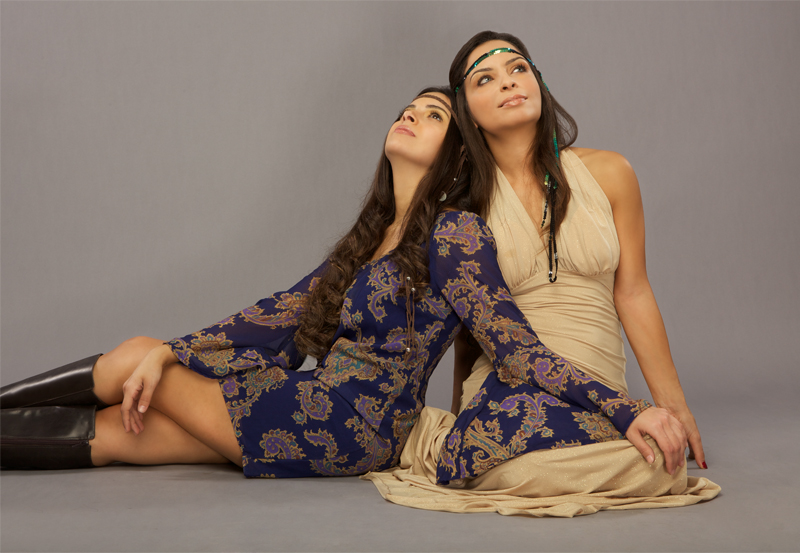
Photography: Hatem Saleh | Models: Aisha El Shabrawy & Iman El Sherbiny | Hair by Rafi, Mohamed Sagheer Group | Makeup: Noha Ghoname | Short pattern dress: Nadine El Sayed’s | Boots: Noha Nabil’s | Champagne dress: Hadee El Deeb’s
During specifically the early 70s, people experimented with drugs, adopted Indian and African trends and favored a communal kind of lifestyle, which was all expressed in their more ‘free’ fashion style. The early 70s saw a continuation of the more hippie look that started making way in the late 60s. There was a mix of trends back then, women would look either quite feminine and dreamy in their floral patterned dresses or slightly more manly in their bell bottom denims and velvet vests or blazers.

Photography: Hatem Saleh | Model: Iman El Sherbiny | Hair by Rafi, Mohamed Sagheer Group | Makeup: Noha Ghoname | Bell Bottom jeans: Rania’s Corner | Shirt: Stylist’s | Velvet vest: Nadine El Sayed’s | Sunglasses: Hadeel El Deeb’s | Headscarf: Nadine El Sayed’s
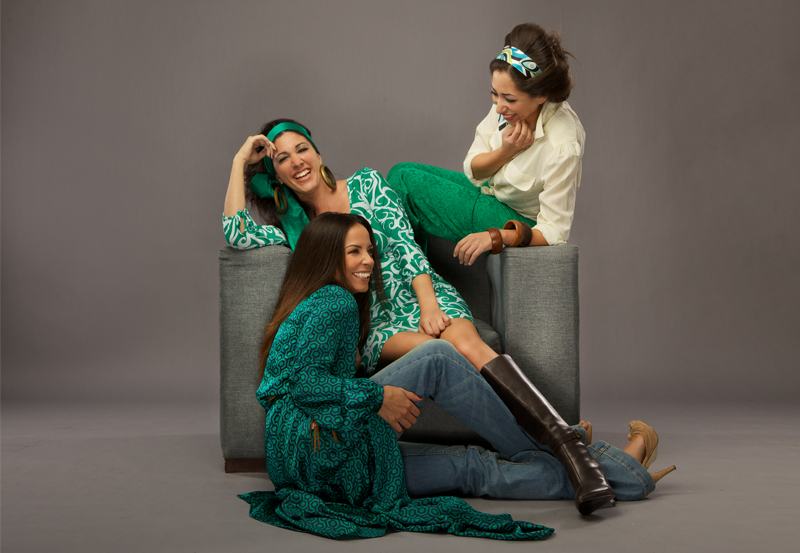
Photography: Hatem Saleh | Models: Iman El Sherbiny, Noha Nabil & Noha Ghoname | Hair by Rafi, Mohamed Sagheer Group | Makeup: Noha Ghoname | Bell Bottom jeans: Rania’s Corner | Green silk dress: Rania’s Corner | Beige sandals: Nadine El Sayed’s | Short green pattern dress: Nadine El Sayed’s | Brown boots: Noha Nabil’s | Green silk pants: Hadeel El Deeb’s | Off-white shirt: Hadeel El Deeb’s
Colors were bright, fabrics varied from satin and silk to velvet, skirts were either dramatically short or draping long; whatever the adopted style, it was always shocking in a way or another.
The 80s – the over-sized look
Femininity took on a completely different feel n the 80s, tops were over-sized and worn on either leggings or very tights pants and sometimes equally loose skirts, hair was worn quite big and even the shades were characterized by their big sizes. For women, Madonna was the fashion goddess of the 80s, with her overly accessorized outfits and big hair.
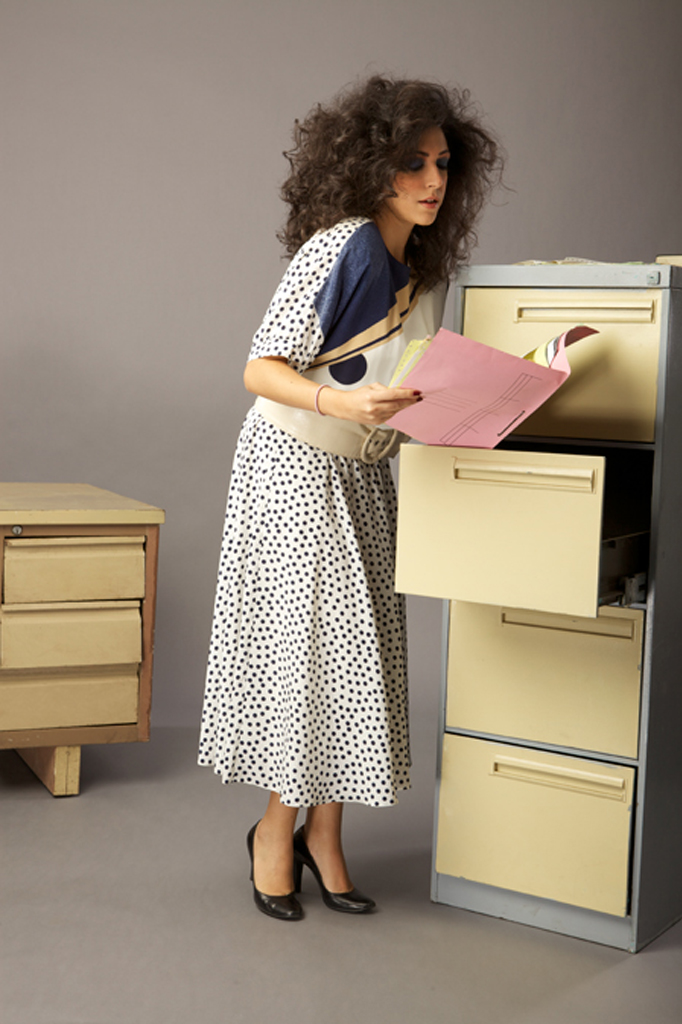
Photography: Hatem Saleh | Models: Noha Nabil | Hair by Rafi, Mohamed Sagheer Group | Makeup: Noha Ghoname | Dress: Nadine El Sayed’s | Belt: Hadeel El Deeb’s | Shoes: Hadeel El Deeb’s
Looking at the pictures of hairstyles back then, it was almost like women were competing as to who would pull off the biggest hair with the most extreme angles, yet manage to walk with head kept from tilting; more hair, more volume was always better.
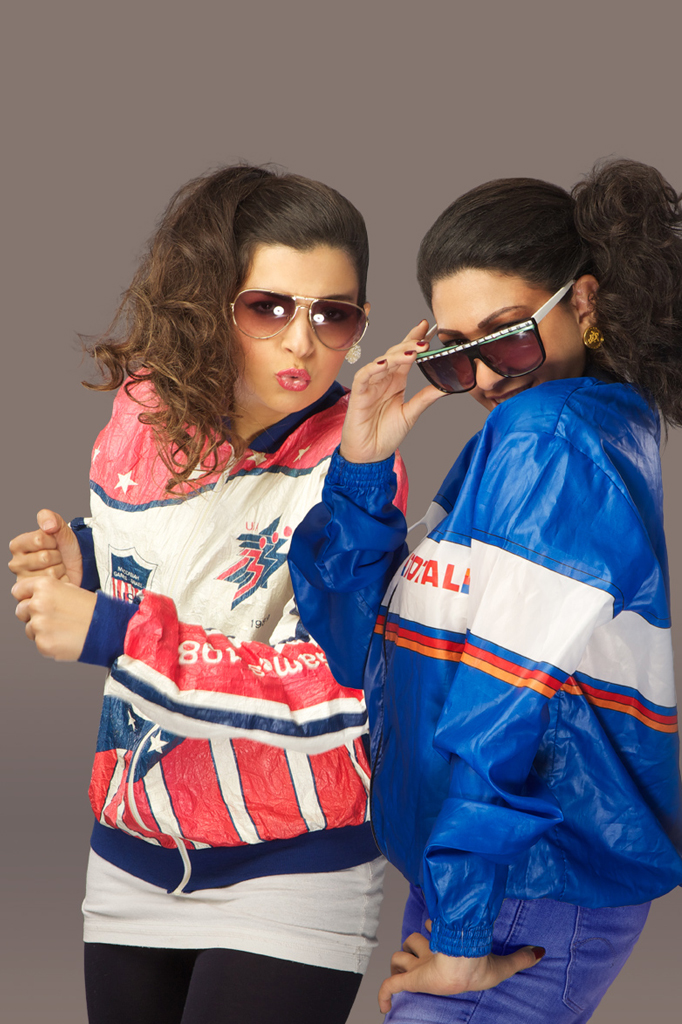
Photography: Hatem Saleh | Models: Aisha El Shabrawy & Noha Nabil | Hair by Rafi, Mohamed Sagheer Group | Makeup: Noha Ghoname | Sweaters: Ali Ali | Sunglasses: Stylist’s | Earrings: Salwa El Didi’s
Tracksuits were in trend in the 80s but not at all attributed to the athletic, but rather more of a fashion statement of its own feel. Large plastic framed sunglasses were must-haves for the trendy back then.
The 90s – the relatively cool
The beginning of the decade saw yet another continuation of the 80s, especially the big hair. Later on, it felt like there were mixed feelings and expressions of what fashion really was. There was the grunge look, the jeans overalls with just one side clipped while the other was left to fall off and just hang there, bandanas were in and scrunchies were quite an obsession.
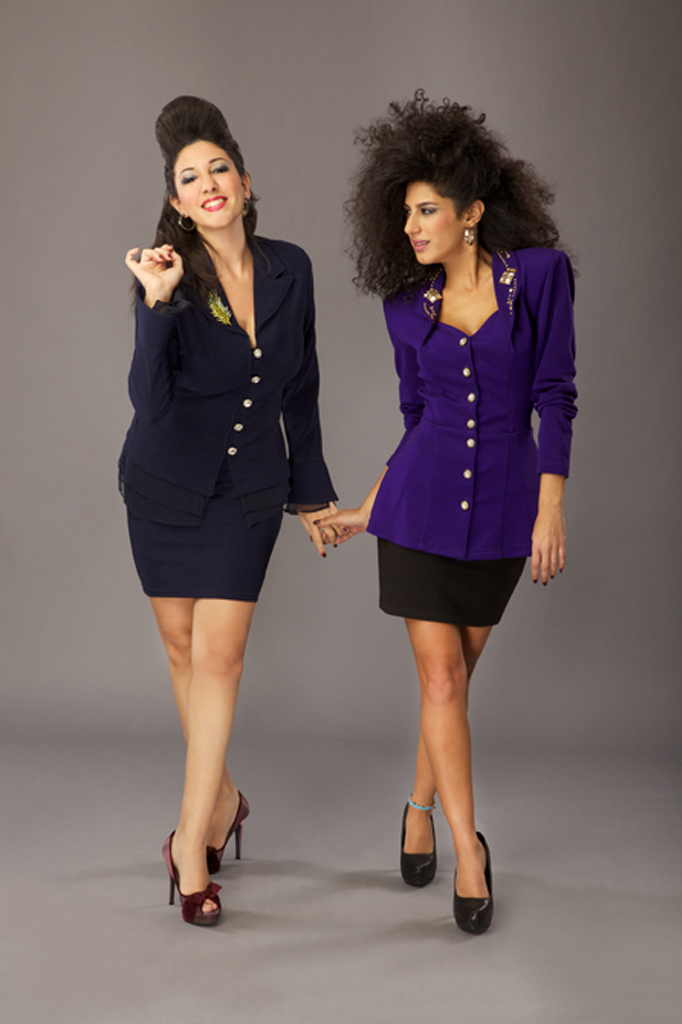
Photography: Hatem Saleh | Models: Noha Nabil & Sundos El Ayoub | Hair by Rafi, Mohamed Sagheer Group | Makeup: Noha Ghoname | Spandex skirt: Salwa El Didy’s | Purple jacket: Salwa El Didy’s | Shoes: Stylist’s | Sandals: Stylist’s | Navy Blue suit: Salwa El Didy’s | Brooch: Salwa El Didy
One prevalent style was that less is more, in contradiction to the 80s “the bigger the better” mode. Long gone was the idea to over accessorize, makeup was more minimal and outfits were not as embellished.
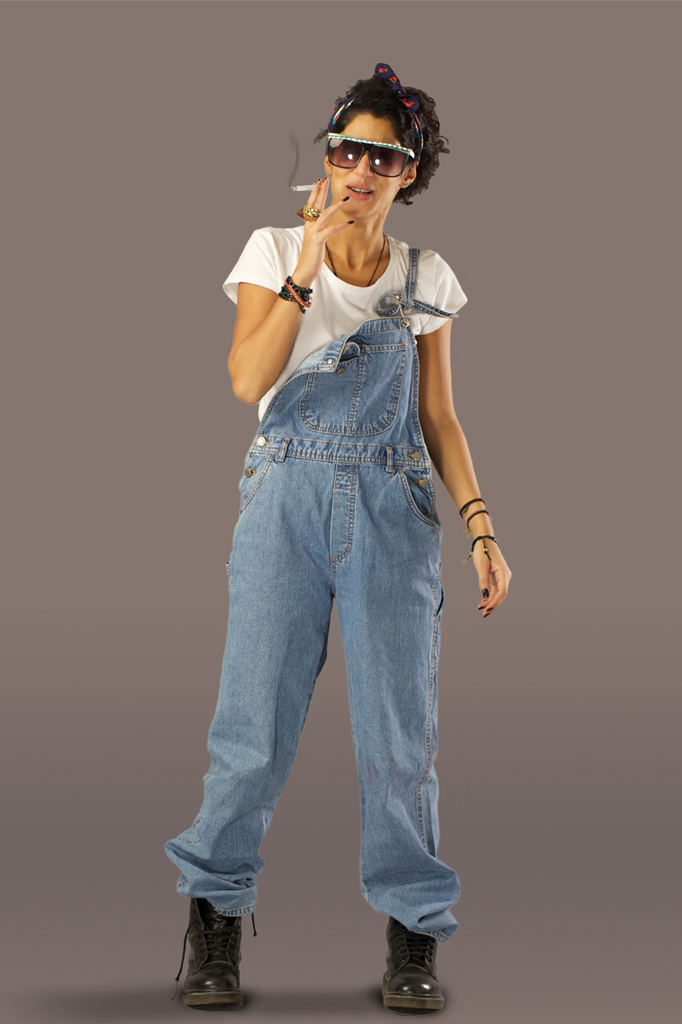
Photography: Hatem Saleh | Model: Sundos El Ayoub | Hair & Makeup by Sundos El Ayoub | Jeans dungaree: Hadeel El Deeb’s | White Tshirt: Hadeel El Deeb’s | Sunglasses: Aldo | Head scarf: Vintage | Dr. Martens: Nadine El Sayed’s
Jeans dungarees, also referred to as overalls, were in style along with the infamous Dr. Martens boots. Tattoos and piercings started making way into the fashion world.
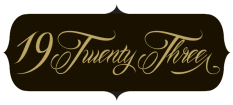
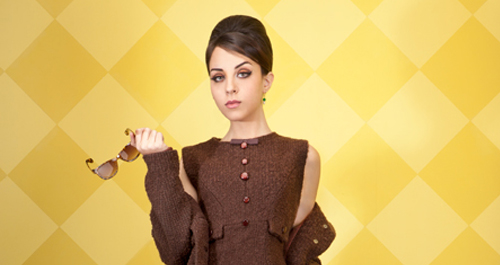
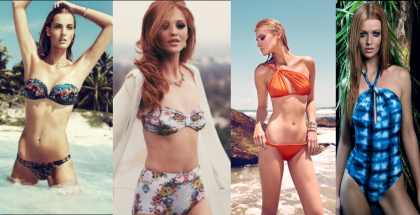
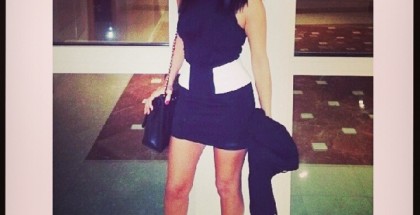
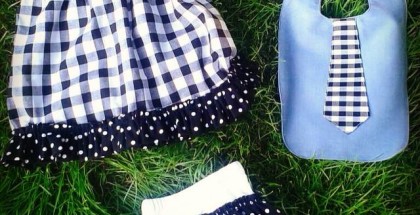
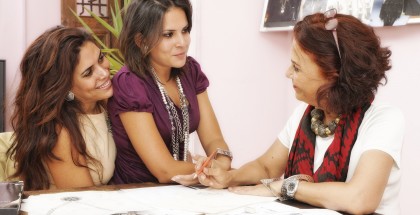
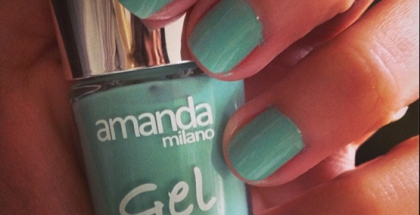
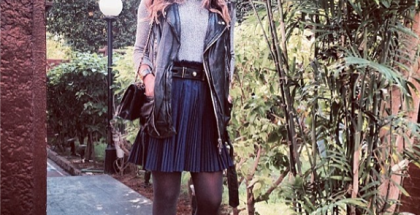
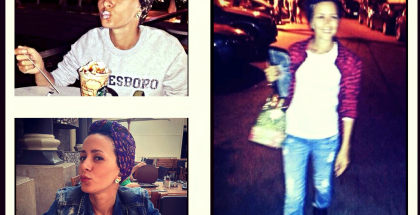
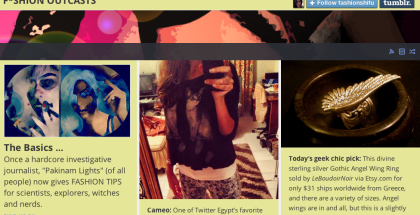
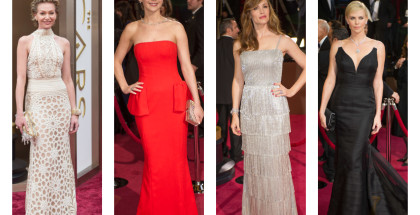
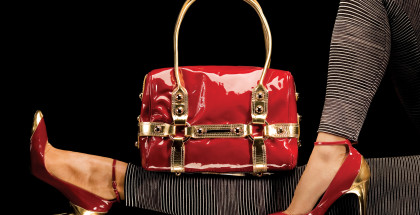
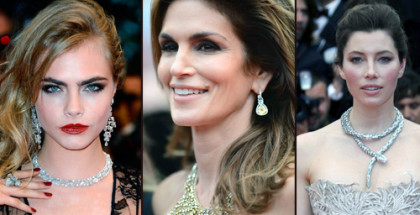
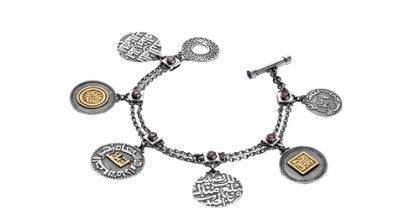













Comments